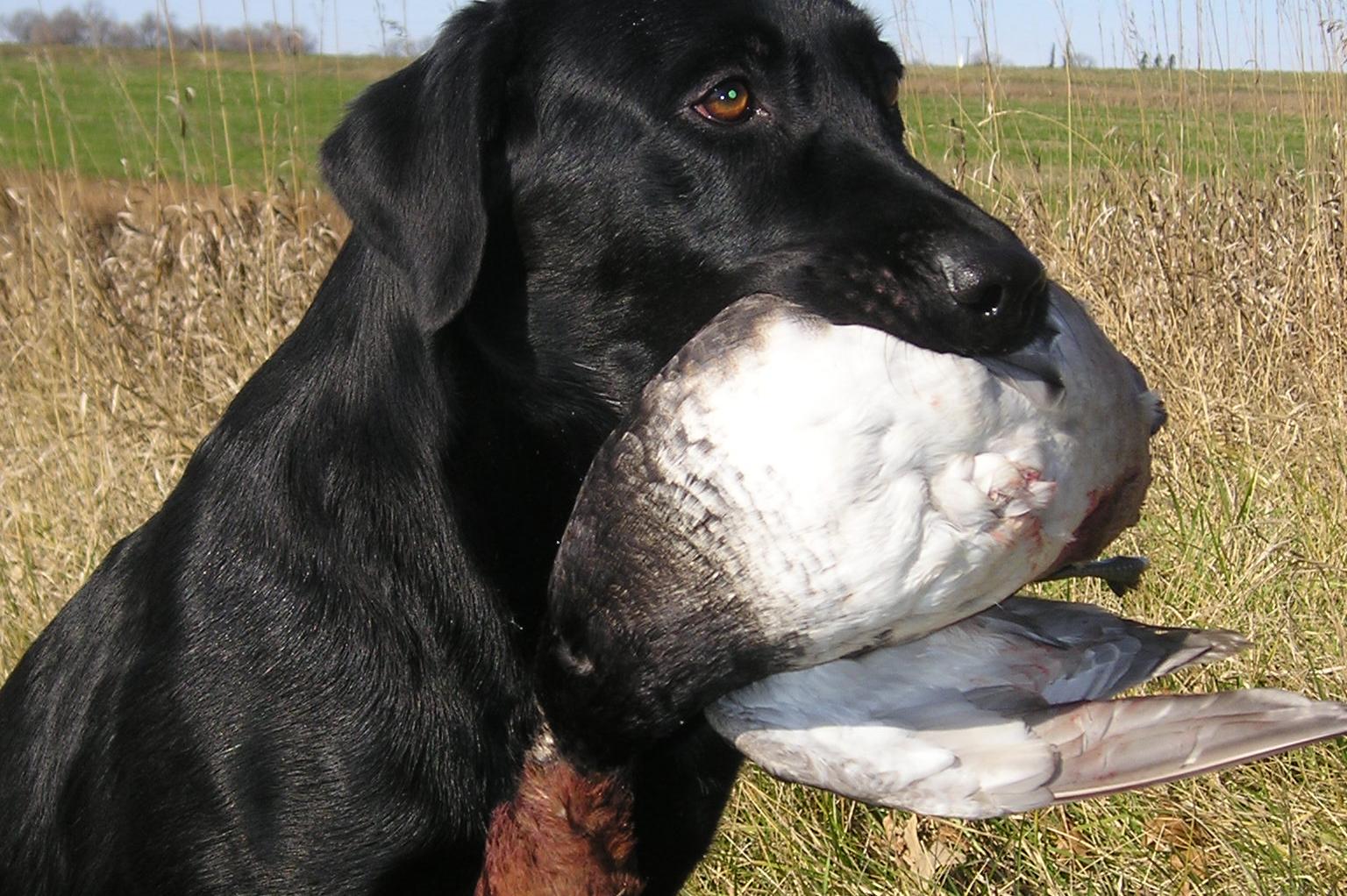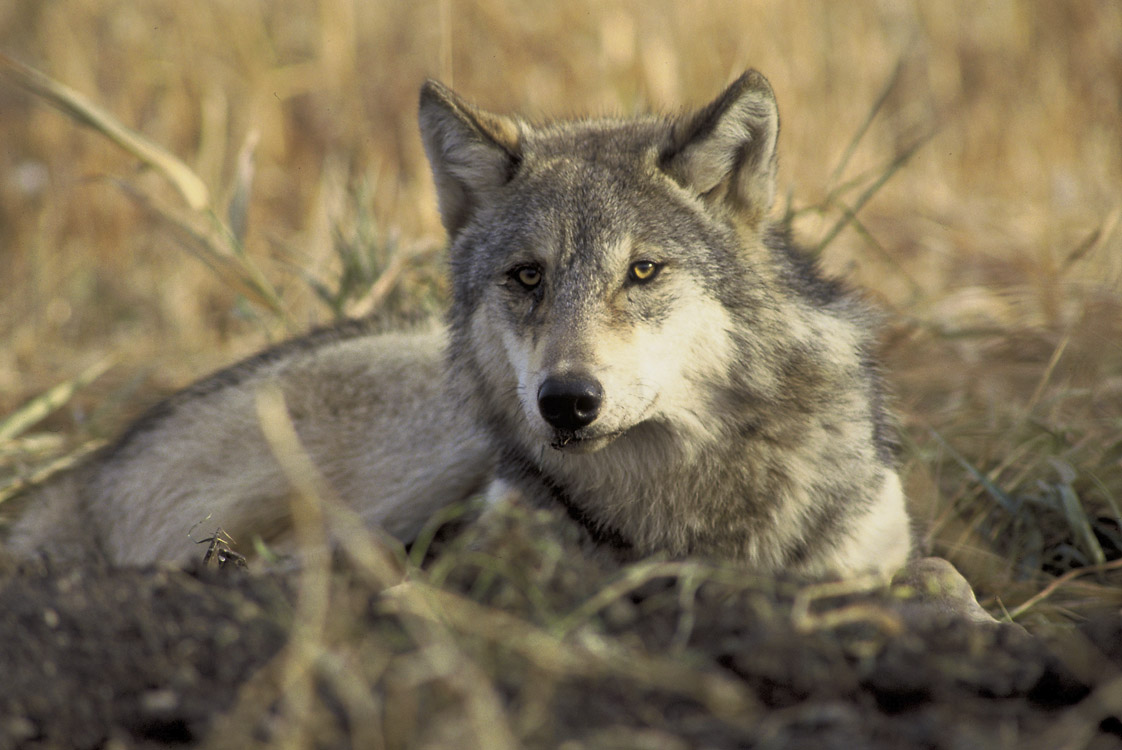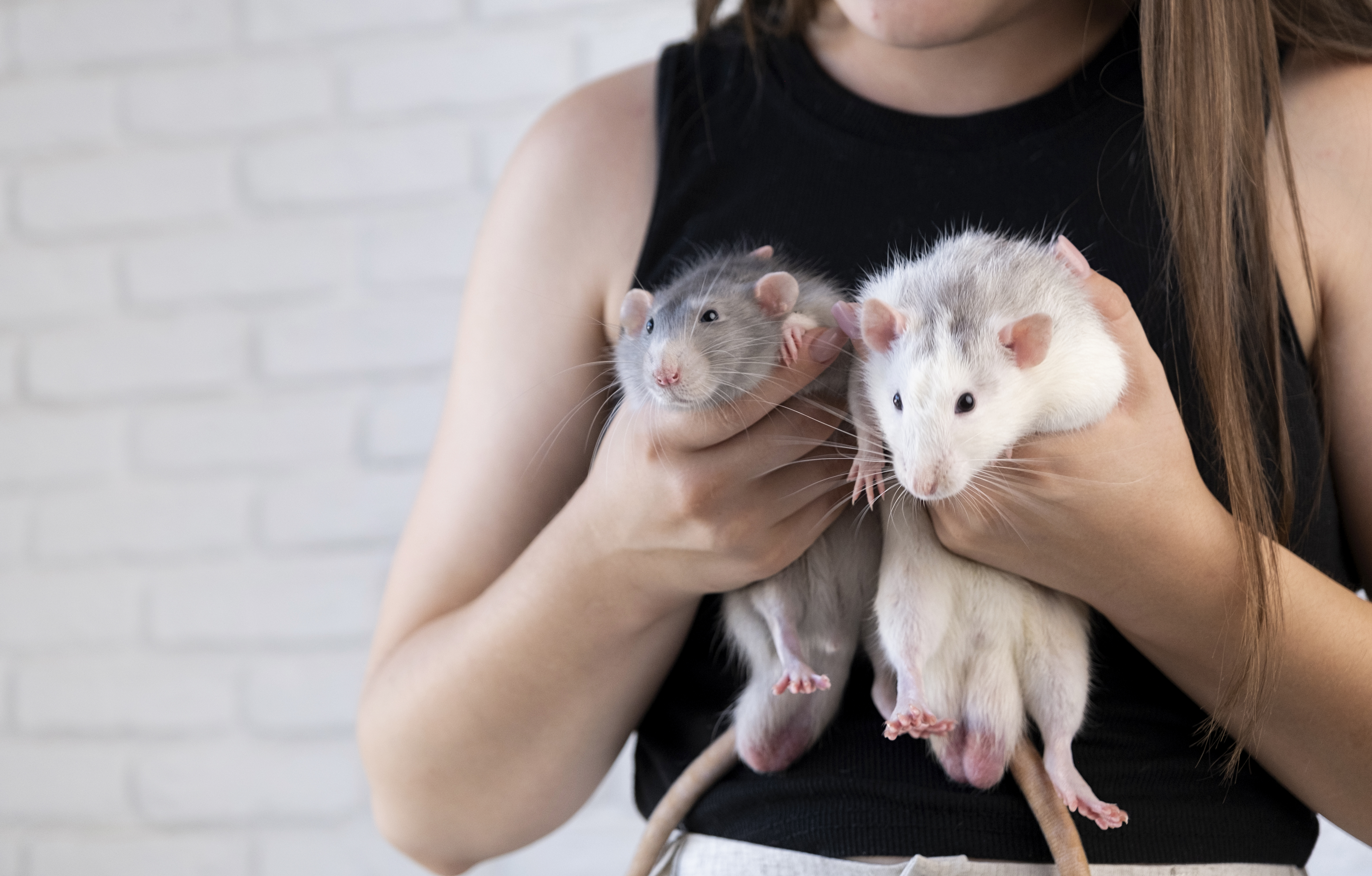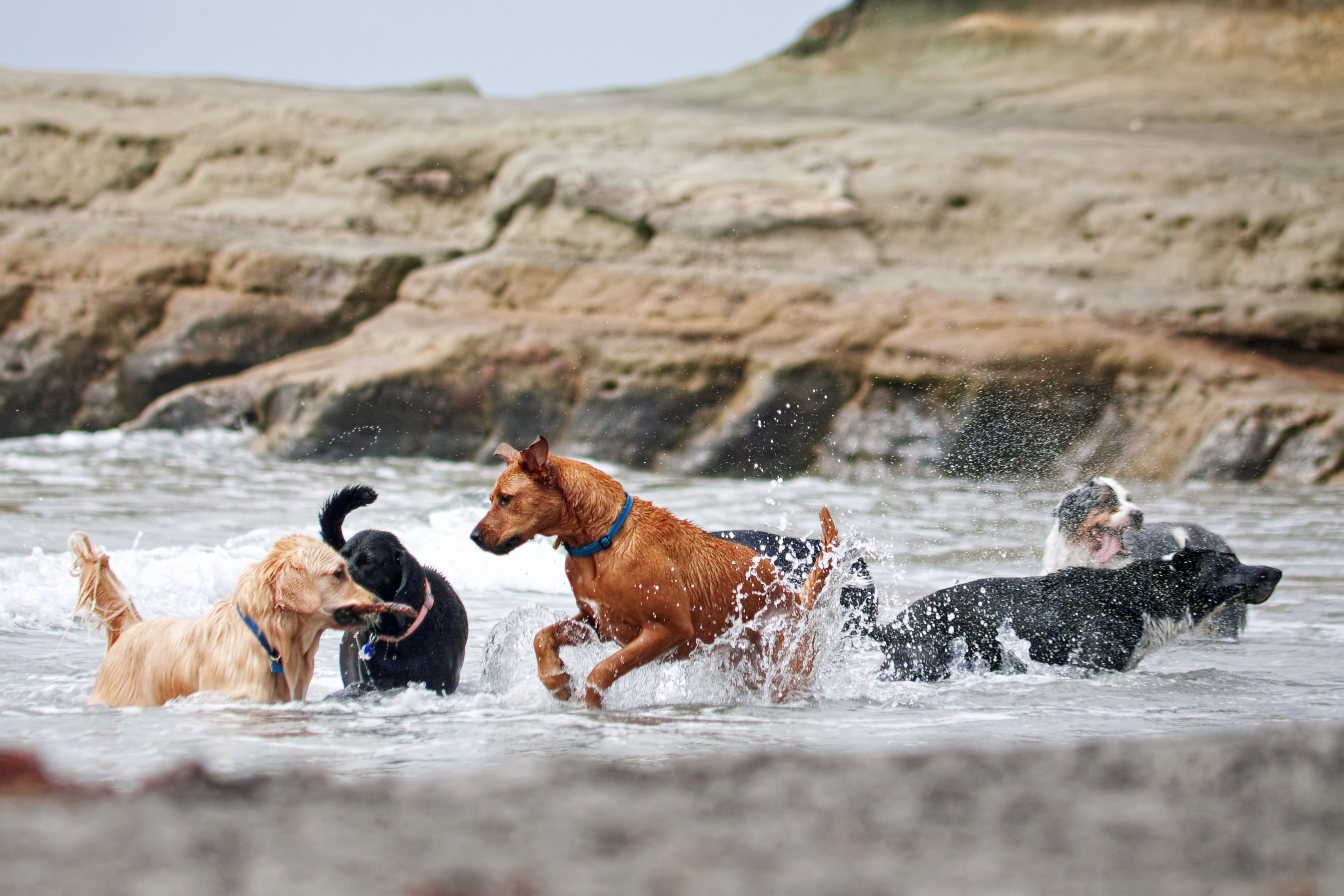Top Ten Fascinating Insights into the Evolutionary Path of Dog Domestication
Dogs have been humanity's steadfast companions for thousands of years, yet the journey from wild wolf to domesticated dog remains a captivating enigma. This evolutionary tale is not merely a story of biological transformation but also a narrative of mutual adaptation and cultural evolution. Our fascination with dogs is rooted in their diverse roles—hunters, herders, guardians, and companions. Understanding their domestication offers insights into human history, societal development, and the intricate dance of co-evolution. This article embarks on a journey through the top ten fascinating insights into the evolutionary path of dog domestication, exploring genetic, archaeological, and anthropological perspectives that illuminate the profound bond between humans and dogs.
The Genetic Footprint: Wolves to Dogs

The genetic divergence between wolves and dogs marks the initial step in the domestication process. Studies reveal that domestication began over 15,000 years ago, although some evidence suggests it may have started even earlier. Geneticists have identified specific markers that distinguish domestic dogs from their wild ancestors, highlighting changes associated with reduced aggression and increased sociability. These genetic shifts were not random; they were influenced by human selection for particular traits that facilitated coexistence. The evolving genome of dogs reflects a complex interplay of natural and artificial selection, offering a window into the early stages of domestication and the mutual benefits that arose from this unique partnership.
Archaeological Evidence: Tracing Ancient Paw Prints

Archaeological findings provide tangible evidence of the deep-rooted relationship between humans and dogs. Ancient burial sites often reveal dogs interred alongside humans, indicating their valued status in prehistoric societies. Fossilized remains, dating back thousands of years, show morphological changes in early domesticated dogs, such as smaller size and altered jaw structures, compared to their wolf ancestors. These physical adaptations suggest a shift in lifestyle and diet, likely influenced by human proximity. Artifacts and cave paintings further depict dogs in roles beyond mere companionship, hinting at their involvement in hunting and herding, which underscores their integral role in human survival and societal development.
The Role of Dogs in Early Human Societies

Dogs were more than just companions in ancient societies; they were pivotal to the survival and success of early human communities. As hunters, they helped track and capture prey, enhancing the efficiency of human hunting strategies. In pastoral societies, dogs played a crucial role in herding livestock, safeguarding resources that were vital for human sustenance. Their keen senses made them excellent guards, alerting humans to potential dangers. This symbiotic relationship fostered an environment where both species thrived. The integration of dogs into human societies reflects a shared evolutionary path, where mutual benefits drove the deepening bond between species, shaping the course of human history.
Behavioral Adaptations: From Wild to Mild

The domestication of dogs involved significant behavioral changes that distinguished them from their wild counterparts. Selective breeding favored traits such as reduced fearfulness, increased sociability, and the ability to understand human cues. These behavioral adaptations were crucial for dogs to integrate into human communities. The development of traits like the ability to follow a human's gaze or respond to vocal commands reflects an evolutionary advantage in communication. Such changes were not merely the result of human intervention but also a natural progression as dogs adapted to new roles within human societies. This behavioral evolution underscores the dynamic nature of the domestication process.
The Influence of Geography on Domestication

Geography played a significant role in the domestication of dogs, influencing their development and diversification. As humans migrated and settled in different regions, dogs adapted to various climates and environments, leading to the emergence of distinct breeds. In colder regions, dogs developed thicker coats and robust bodies, while in warmer climates, they became leaner with shorter fur. These adaptations were not solely physical; behavioral traits also evolved to suit specific human needs and environmental challenges. The geographic spread of dogs illustrates the flexibility and resilience of the species, highlighting their ability to thrive in diverse settings alongside humans.
The Cultural Significance of Dogs

Throughout history, dogs have held significant cultural importance across various societies. In ancient Egypt, they were revered as sacred animals, often associated with deities. In Native American cultures, dogs were considered spiritual guides and protectors. This cultural reverence is reflected in art, mythology, and literature, where dogs symbolize loyalty, protection, and companionship. The cultural significance of dogs is not just a testament to their roles in human societies but also an acknowledgment of their impact on human emotions and relationships. This cultural dimension adds depth to the understanding of domestication, illustrating how dogs have shaped and been shaped by human culture.
The Co-evolutionary Dance: Humans and Dogs

The domestication of dogs is a quintessential example of co-evolution, where both species influenced each other's development. As humans selected for traits in dogs that suited their needs, dogs simultaneously affected human evolution. The presence of dogs may have influenced human social structures, hunting strategies, and even the development of language and communication. This co-evolutionary relationship is evident in the shared history and intertwined destinies of humans and dogs. The mutual adaptations and benefits derived from this partnership highlight the dynamic nature of evolution, where two species evolve in response to each other, creating a unique and enduring bond.
Modern Breeds: A Testament to Human Influence

The diversity of modern dog breeds is a testament to the extensive influence of human intervention in the domestication process. Selective breeding has led to the creation of over 340 recognized breeds, each with distinct physical and behavioral traits tailored to specific human needs and preferences. From the tiny Chihuahua to the massive Great Dane, the variety of breeds showcases the versatility and adaptability of dogs. This diversity reflects the human desire to mold and shape dog characteristics, whether for work, companionship, or aesthetic purposes. The proliferation of breeds emphasizes the continued evolution of dogs under human guidance, illustrating the ongoing nature of domestication.
The Science of Dog Cognition

Recent research into dog cognition has revealed remarkable insights into their mental capabilities and understanding of human behavior. Dogs possess an exceptional ability to interpret human emotions, gestures, and commands, often surpassing other domesticated animals. Studies suggest that dogs can understand human intent, exhibit empathy, and even possess a rudimentary theory of mind. This cognitive prowess is a result of thousands of years of close interaction with humans, leading to advanced social and communicative skills. The science of dog cognition not only enhances our understanding of their intelligence but also highlights the profound impact of domestication on their mental development.
The Enduring Legacy of Dog Domestication

The evolutionary path of dog domestication is a testament to the intricate and enduring relationship between humans and dogs. From genetic divergence to cultural significance, each aspect of this journey reveals the profound impact dogs have had on human history and society. The insights gained from studying dog domestication offer a deeper appreciation of the mutual benefits and adaptations that have shaped both species. As we continue to explore this fascinating evolutionary tale, we are reminded of the enduring legacy of dogs as loyal companions, invaluable partners, and integral members of human communities. This remarkable journey underscores the timeless bond that continues to enrich our lives.







